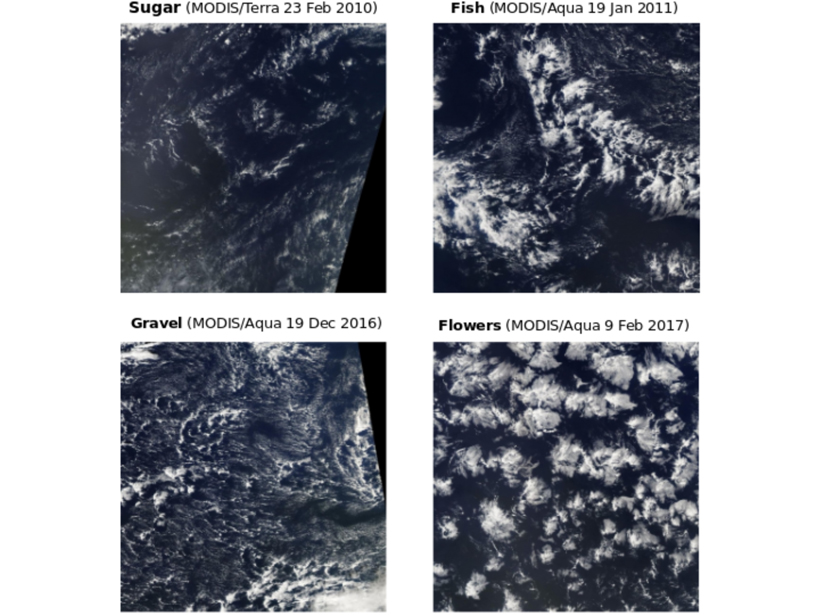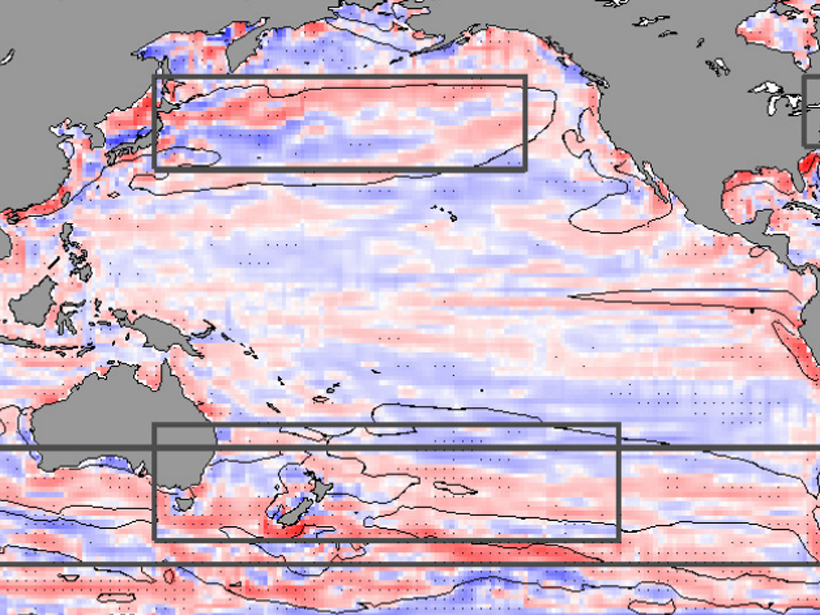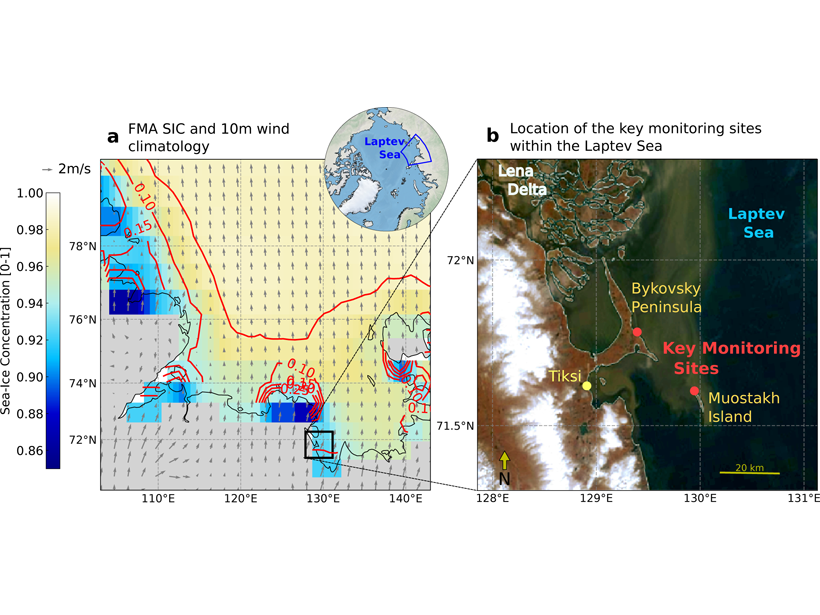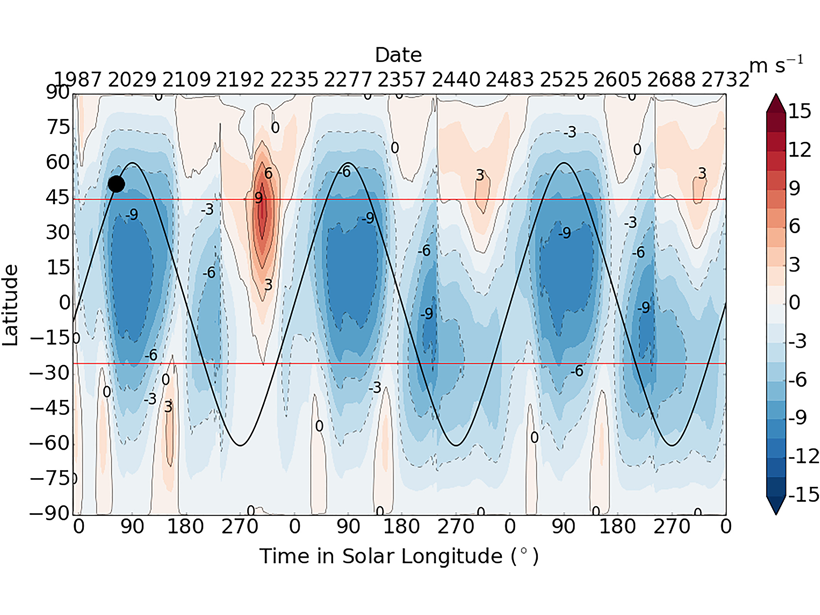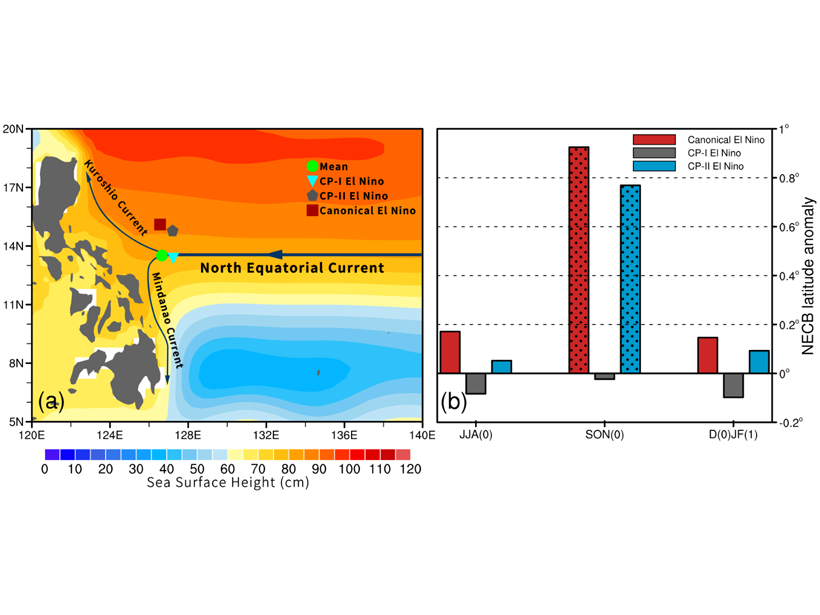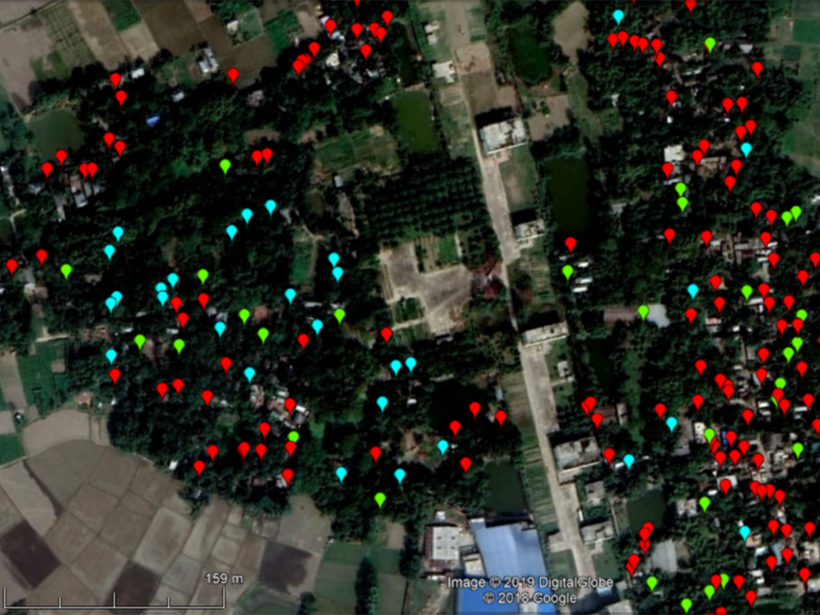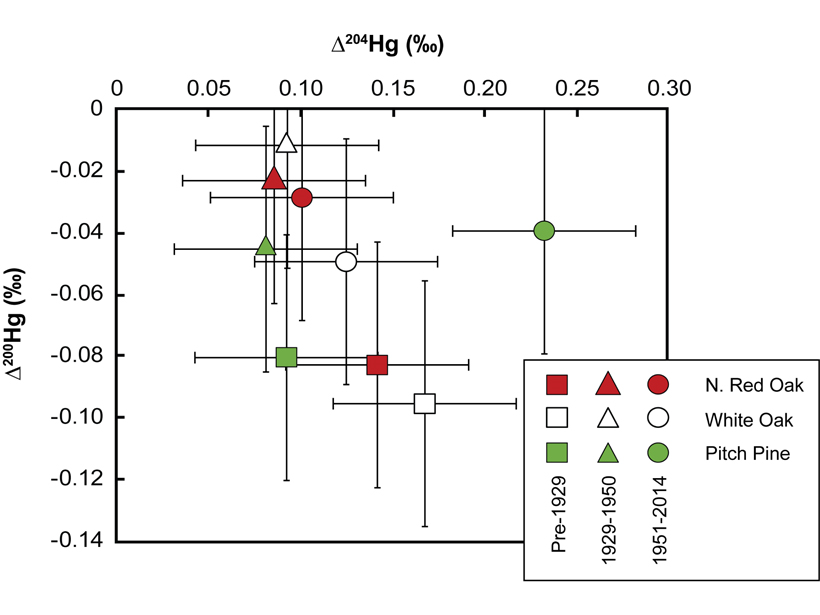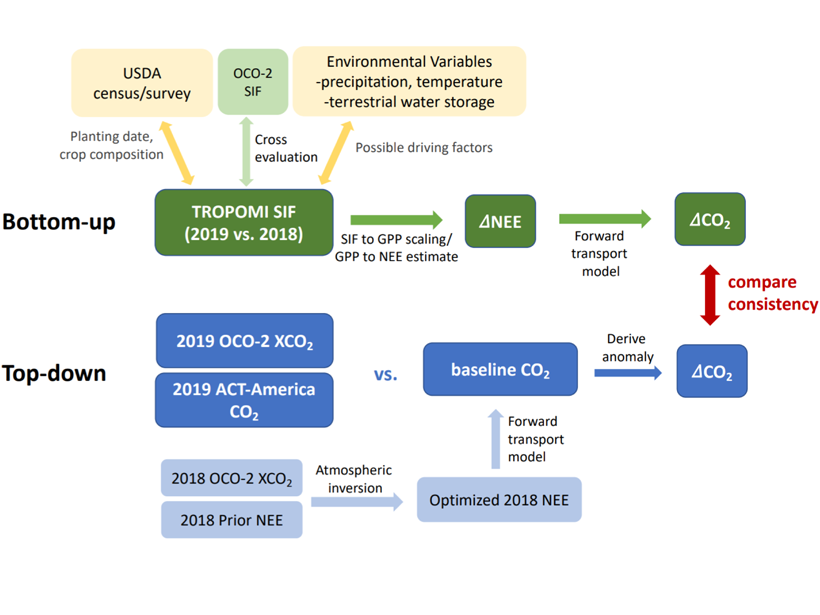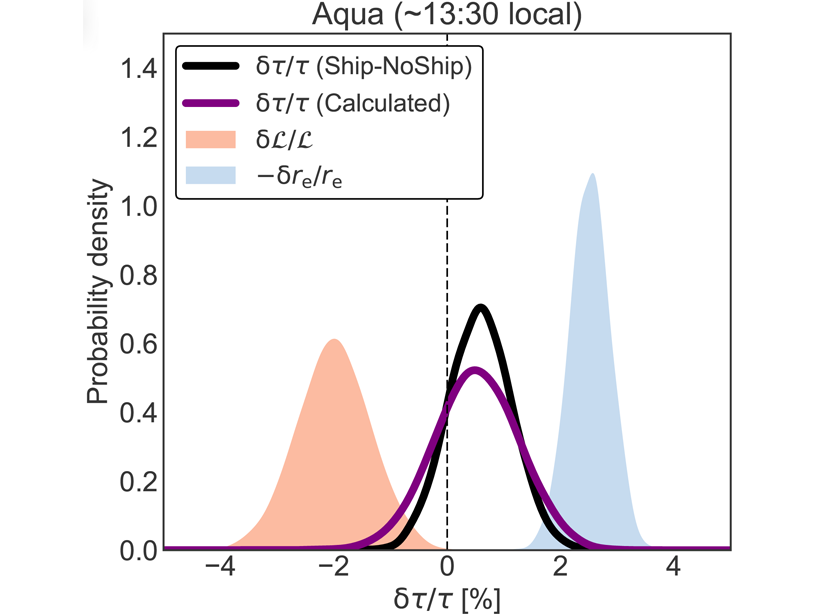The first open-source database of SEAfloor FLuid Expulsion Anomalies (SEAFLEASs) at a global scale reveals their distribution and physical parameters.
Editors’ Highlights
A New View of Old Clouds
Satellite images of marine shallow clouds are objectively classified into four distinct types, illuminating new ways to tackle a long-standing problem in climate predictions.
Ocean Gyres Observed to Move Poleward
Basin-wide ocean gyres have been observed to be slowly migrating toward the poles and, although natural variations contribute, climate simulations suggest the shift is in response to global warming.
Arctic Coast Erosion Linked to Large-Scale Climate Variability
Changes in rates of Arctic coastal erosion detected from multi-decadal measurements are attributed to the shorter duration in the winter sea ice coverage and large-scale changes in the wind patterns.
Capturing Pluto’s Heartbeat in a Computer
Unprecedented global climate model simulations, incorporating observational data from the New Horizons mission, reveal atmospheric circulations driven by a large ice cap on Pluto.
Different El Niño, Different Paths of North Equatorial Current
Different types of El Niño have different impacts on the North Equatorial Current Bifurcation and can be extended to ocean circulations in the Pacific and the global climate system.
Fresh Approaches to Protecting Human Health from Pollution
New low-cost monitoring and mapping techniques can identify multiple pollution sources and reduce related human disease and death.
Trees Are Watching Us and Our Actions
Annual growth rings in trees tell us more than climate history; they can also document the rise and fall of human industrial activities.
Toward Forecasting Crop Productivity and Carbon Flux Anomalies
Quantifying reductions in U.S. Midwest crop productivity and carbon uptake due to 2019 flooding using combined satellite observations of solar-induced chlorophyll fluorescence and atmospheric CO2.
Quantifying Aerosol Effects on Climate Using Ship Track Clouds
A new methodology for measuring how human emissions influence cloud properties and radiative forcing developed by reconstructing cloud fields in maritime shipping lanes.


